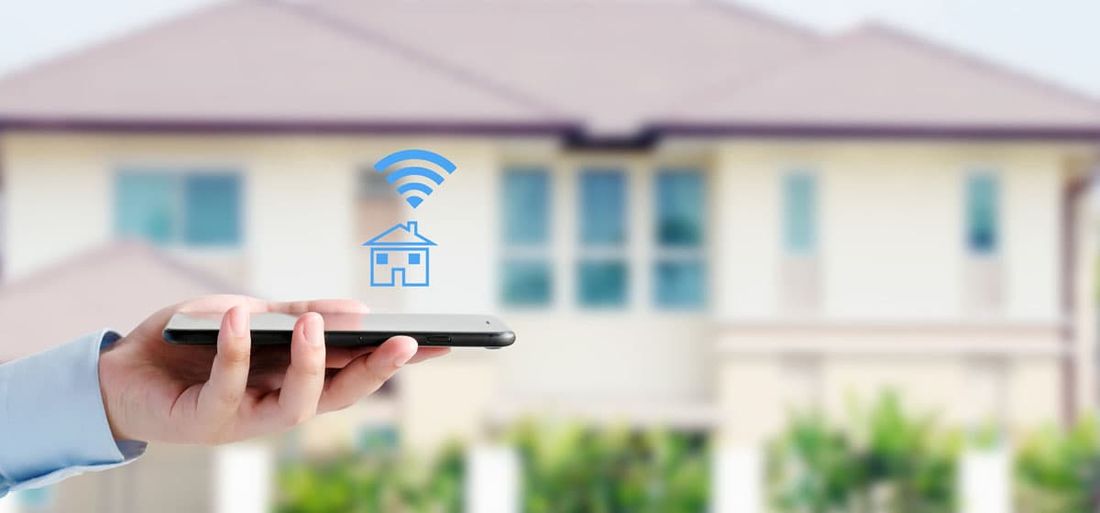In today’s fast-paced world, it’s more important than ever to take stock of how we’re spending our time, energy and money around the house. Home automation is a simple and easy way of having complete control over your electronic household features. These systems make things more convenient, accessible, and can even improve energy efficiency.
Taking a look at how you’re using energy in your home is even more important now that more people are transitioning to remote work. More time at home means more expensive power bills and appliances, lights, heating and cooling are left running all day, every day. Home automation is a great way to combat this.
What is home automation?
Put simply, home automation involves having total control over your appliances and household electronics through a wireless system. Regular devices such as your mobile phone or tablet can be integrated with the system so that you can control lights, heating, security and more whether you’re at home, at work or on vacation. You can even program things in advance so that the heating turns off at a particular time each day, or the blinds open first thing in the morning and close at sunset.
How does home automation work?
You might be wondering how on earth your smartphone could ever control your front door! It may be a strange concept at first but when you break it down, home automation is quite straightforward.
There are three main components of a home automation system:
Sensors
Sensors are installed within the home to detect changes including light, temperature and movement. A home automation system allows you to make actions happen when the sensors pick up on particular things. For example, if the sensor detects there’s a lot of harsh afternoon light coming through the west-facing window, you can program your automated blinds to shut (completely or partially) at this time.
Controllers
Controllers are the devices you use to control and program the appliances and electronics in your home. These are usually computers, tablets and smartphones that can have the appropriate home automation software installed. The apps for these devices are designed to display all the information you need to know exactly what’s happening in your home at any time. For example, if you’ve left the house in a hurry and forgot to turn the heater off, your app will be able to let you know so you can switch it off remotely.
Actuators
Actuators are the physical elements in the house that control how the home automation system functions, such as light switches and motors. These small pieces of machinery receive the information from your controller to complete your desired action, such as closing the blinds or turning off the heater.
Home automation systems can be incredibly useful and convenient for any household, especially for those who are busy or require extra assistance around the home. If you’re interested in home automation for your residence, it’s important to speak to a certified electrician who specialises in automation systems. This way you can be sure that your system will work effectively and will come with all the necessary warranties.
For more information about how home automation systems, get in contact with the team at Amber Electrical Services on 1800 888 171 and we’ll be happy to help!

